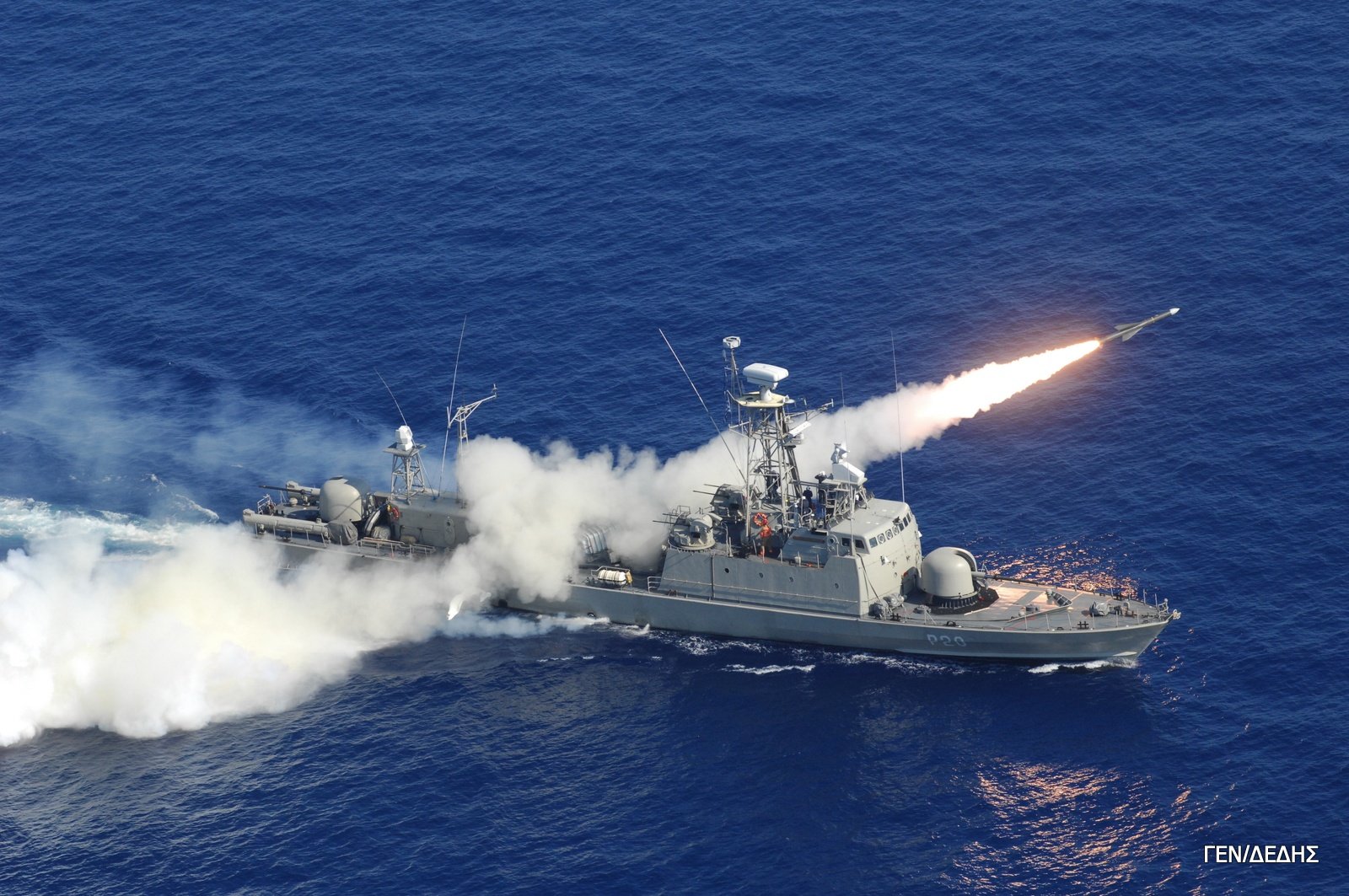
The world spent $2.4 trillion on military forces in 2023, the highest amount ever recorded by the Stockholm International Peace Research Institute (SIPRI).
SIPRI has been monitoring military expenditures since 1949 and found in its annual report released on Monday that in 2023 they rose to 2.3 percent of the global gross domestic product (GDP) from 2.2 percent the year before.
It meant that every man, woman and child on the planet was taxed an average of $306 for military spending last year – the highest rate since the Cold War.
The increased spending exactly matched the global rate of inflation of 6.8 percent, so it doesn’t necessarily translate into greater military efficacy everywhere.
But as SIPRI said, spending was not evenly spread out because “world military expenditure is highly concentrated among a very small group of states”.
US tops spending in military worldwide
The United States remained the biggest spender at $916bn, representing 37 percent of the world’s military outlays. China came second with an estimated $296bn.
Russia was third at $109bn although SIPRI considers this an underestimation “due to the increasing opaqueness of Russian financial authorities since the full-scale invasion of Ukraine in 2022”.
India came fourth at $83.6bn.
The rate of increase in military spending was also uneven with European budgets ballooning due to the war in Ukraine.
Ukraine increased its defence spending by 51 percent to $64.8bn – not including $35bn in military donations from allies. That meant it was devoting 37 percent of its GDP and nearly 60 percent of all government spending to defence, SIPRI said.
Despite financial aid from Europe, the US and the International Monetary Fund, this was a remarkable feat given that Ukraine lost seven million taxpayers and, according to World Bank figures, a fifth of its economic output in 2022, the first year of the war.
The toll on Russian society was far lower.
Russia increased military spending by 24 percent
Last year, Russia increased military spending by 24 percent to 6.9 percent of its GDP and 16 percent of all government spending. Even though this was the largest defence budget since the Soviet Union was dissolved three decades ago, Russia’s economy also grew by almost 22 percent, thanks to high energy export revenues, lending resilience to its economy.
Russia had already increased its military spending by 9 percent in 2022. The fact that it then budgeted a 21 percent increase in 2023 and actually increased spending by 24 percent suggests that it was continually surprised by the length of the war and the toll of Ukrainian resistance on its armed forces.
Its 2024 budget plans an even bigger increase – 70 percent on defence and security spending – to $157bn, the Reuters news agency reported
Hamas’s attacks on southern Israel on October 7 and Israel’s war in Gaza led to a massive 24 percent defence budget increase in Israel last year to $27.5bn, or 5.3 percent of its GDP.
Saudi Arabia also significantly increased spending.
Related: US Committed to Upgrading Defense Capabilities of Greece